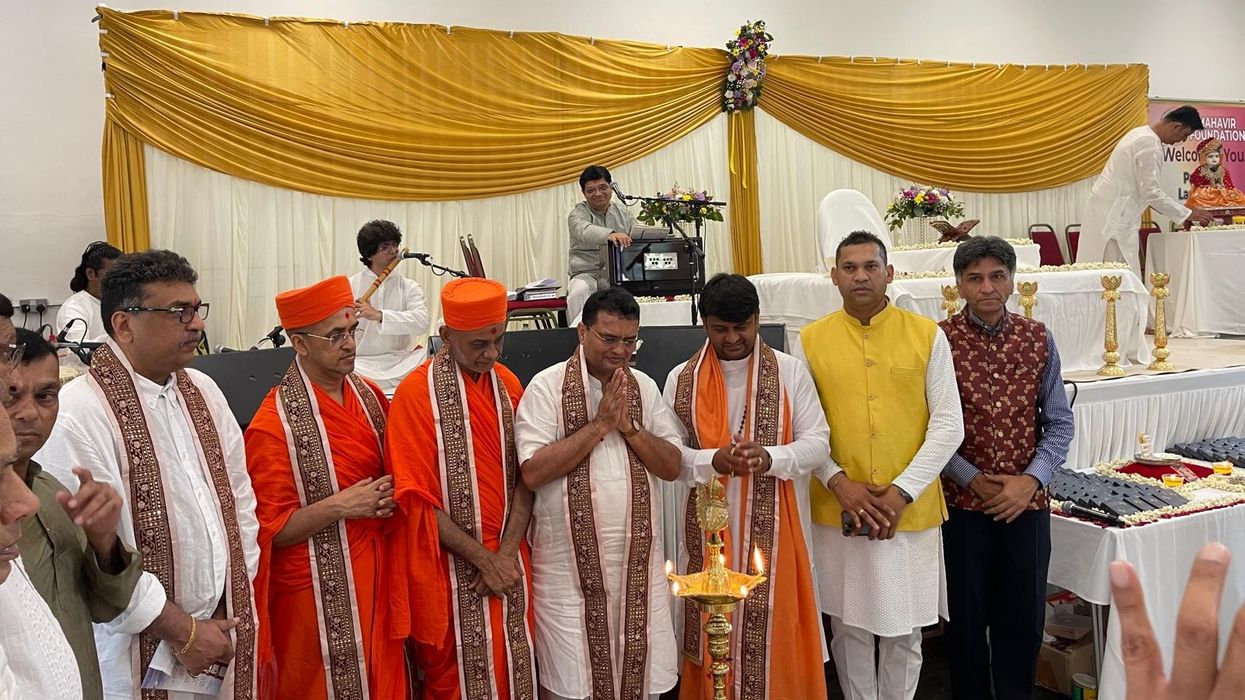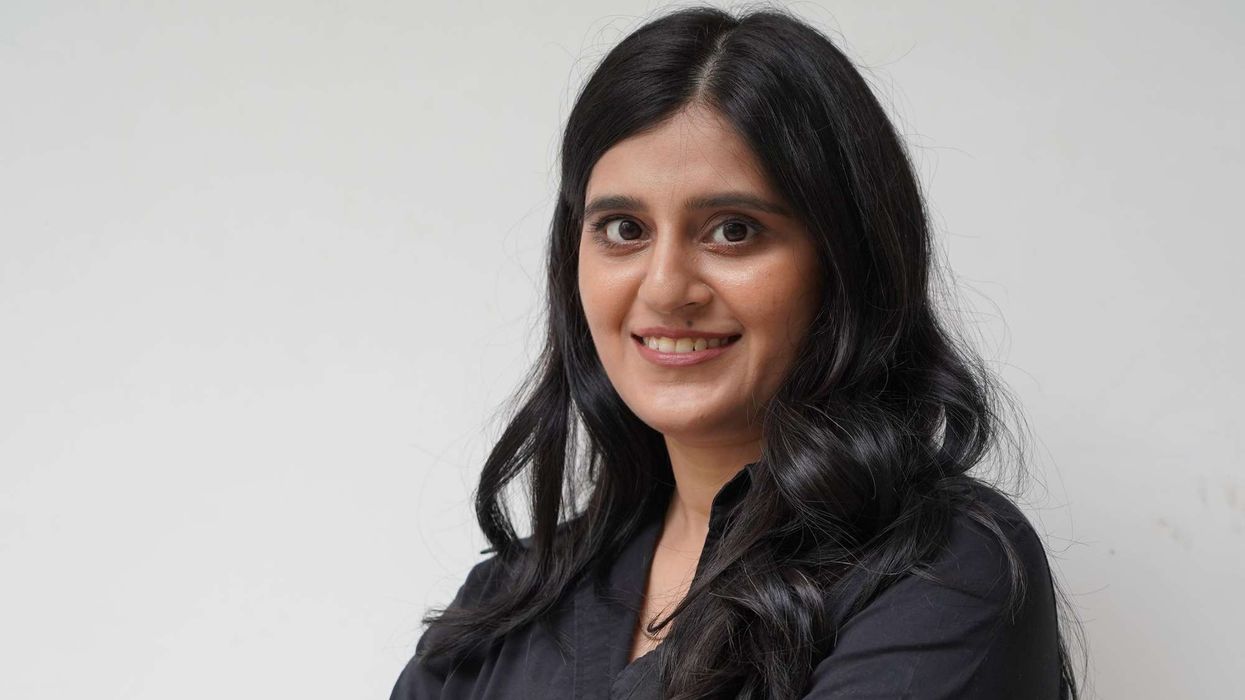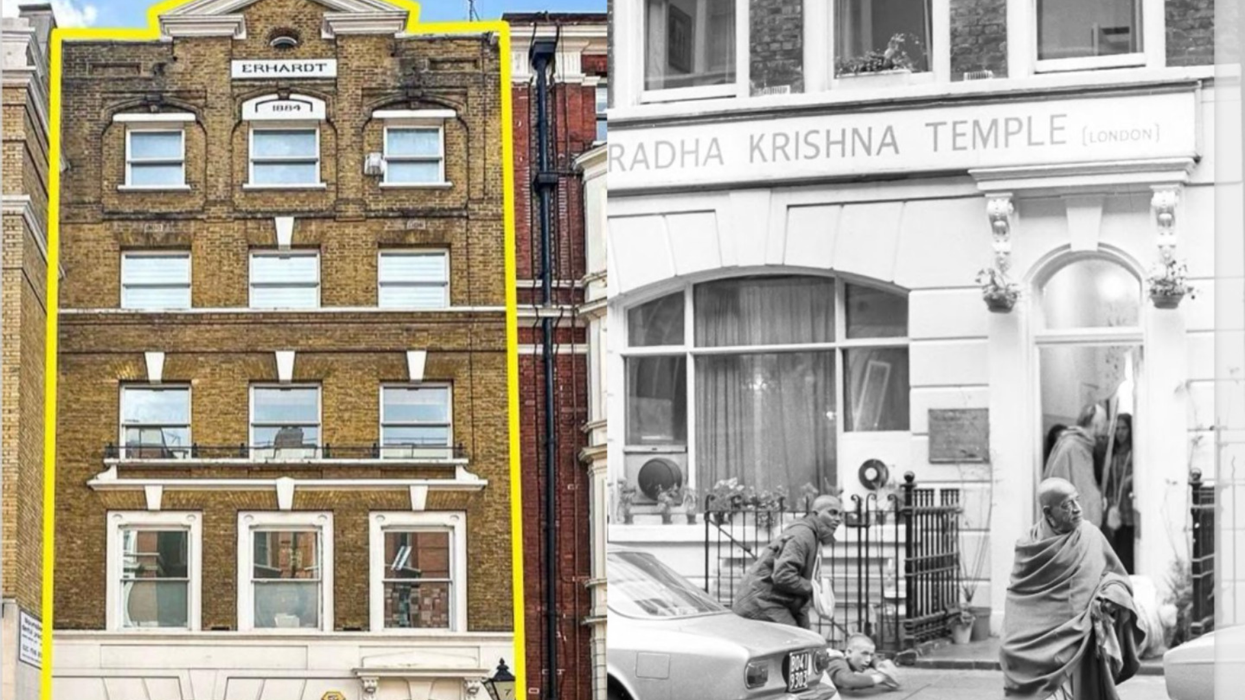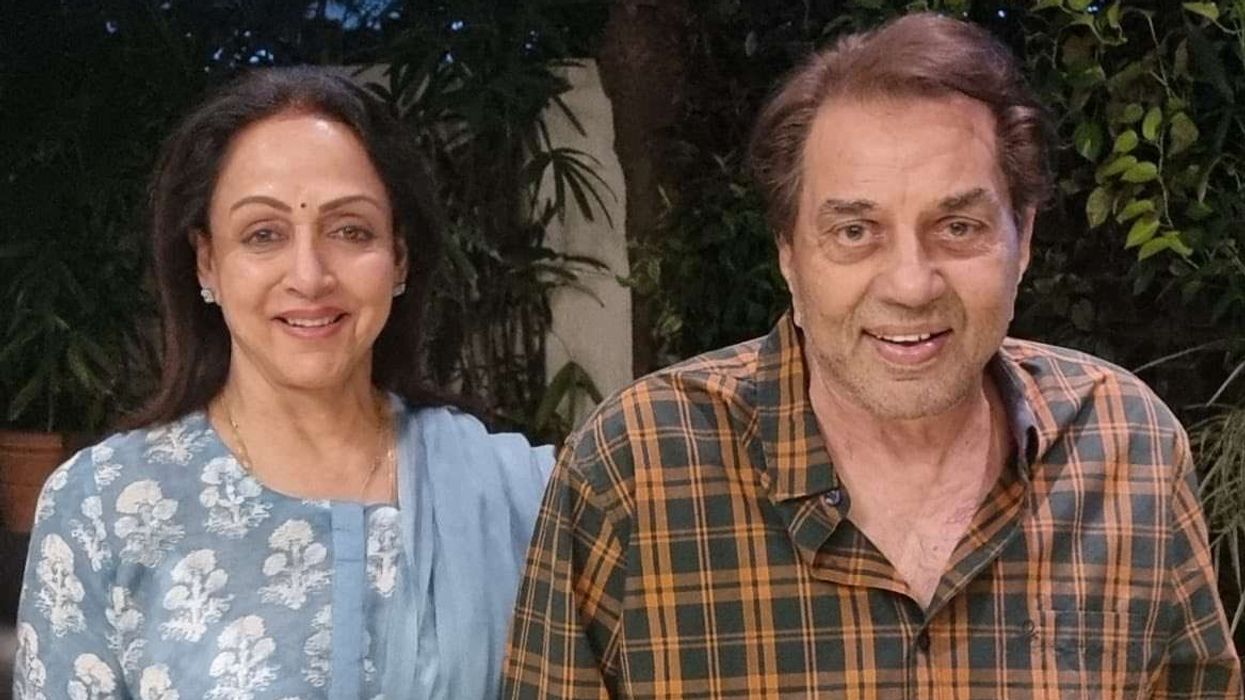In a deeply spiritual and uplifting weekend, the Mahavir Foundation hosted a two-day Swadhyay Shibir led by renowned spiritual guide Shri Deepakbhai Shah Bardoli, held on Saturday 26th and Sunday 27th July 2025 at Kingsbury High School, London. The theme of the discourse “Seven Steps of Happiness” drew hundreds of attendees eager to explore the timeless teachings of Jain philosophy.
The event opened with a Deep Pragtya ceremony graced by eminent spiritual leaders HH Rajrajeshwar Guruji, Swaminarayan Kumkum Mandir saints Swami Premvatsaldasji, and Swami Harikrishnaswarupdasji, alongside Mayor of Harrow, Cllr Anjana Patel.
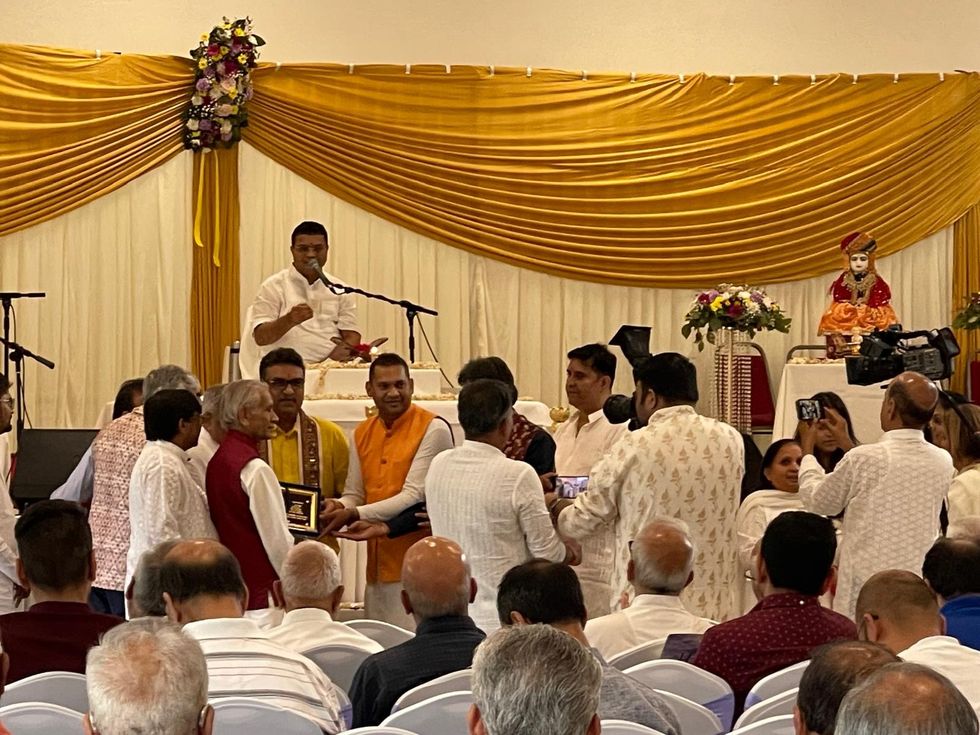
In his trademark calm and compelling style, Shri Deepakbhai, widely respected for his simple yet transformative wisdom, guided the audience through seven powerful steps towards true inner joy:
- Do not cause grief to anyone. Never be the reason for someone’s pain.
- Share others’ suffering. Lighten others’ burdens through compassion and service.
- Spread happiness. Don’t confine joy, celebrate it with everyone.
- Let go of anger. Build friendships, dissolve hostility.
- Avoid jealousy. A single moment of happiness can be enough if embraced with gratitude.
- Don’t hoard wealth. Share resources and goodwill with devotion.
- Don’t fear death. Accept it with faith and joy, following God’s guidance.
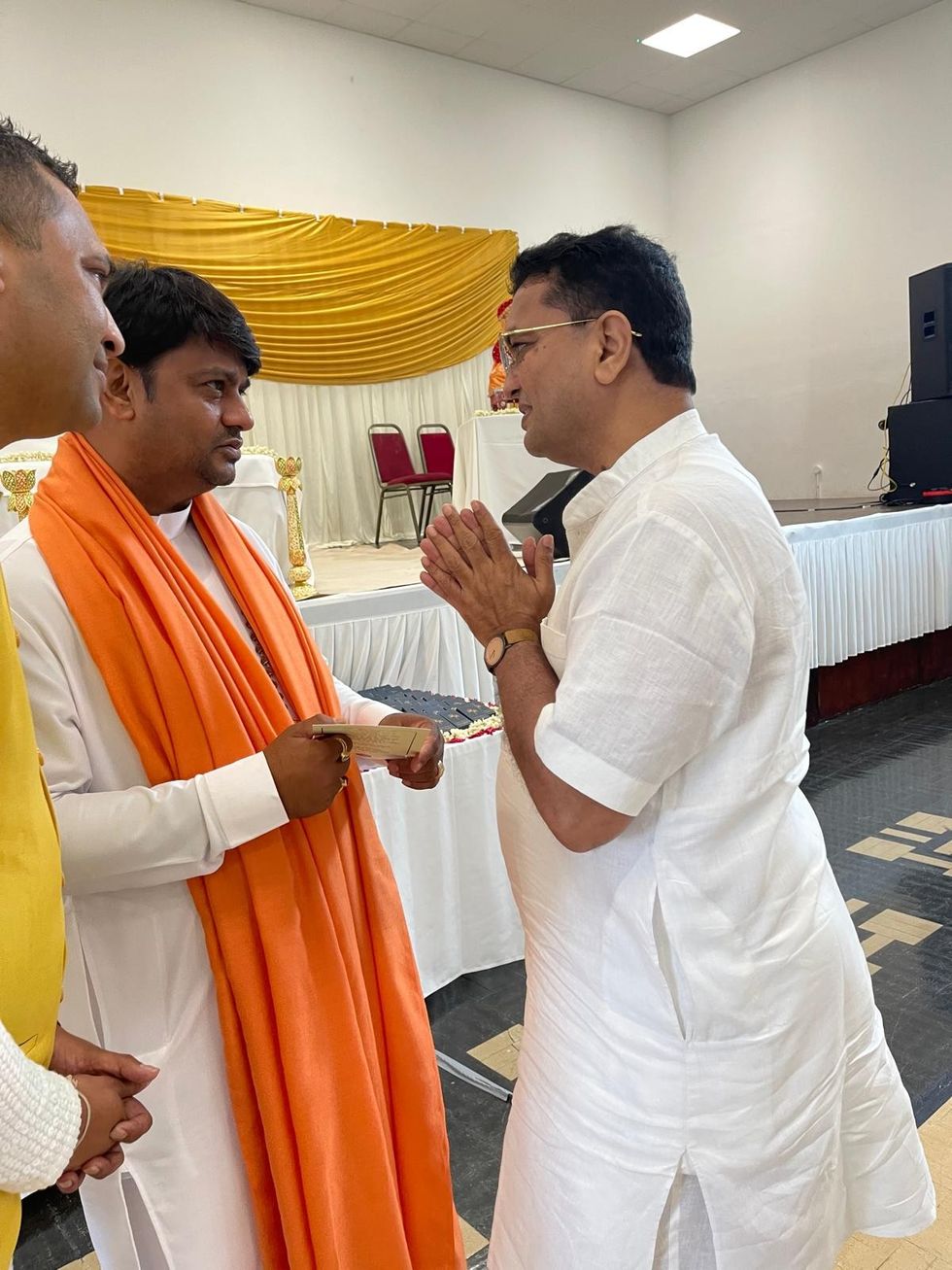
In a profound reflection, Deepakbhai shared, “Life is like a deck of 52 cards. You may not hold strong cards, but if you learn how to play, victory is certain. Joy or sorrow, it’s your choice. Winning and losing are like day and night; both are essential. The distinction of good-bad or mine-yours is merely a distraction of the mind. Your happiness is in your own hands.”
Mahavir Foundation President Niraj Sutaria, Vice President Mikesh Kapashi, and the dedicated Foundation team warmly welcomed attendees and special guests. Birenbhai Shah from India and Nitinbhai Doshi from Australia were honoured for their invaluable contributions to the global spiritual community.
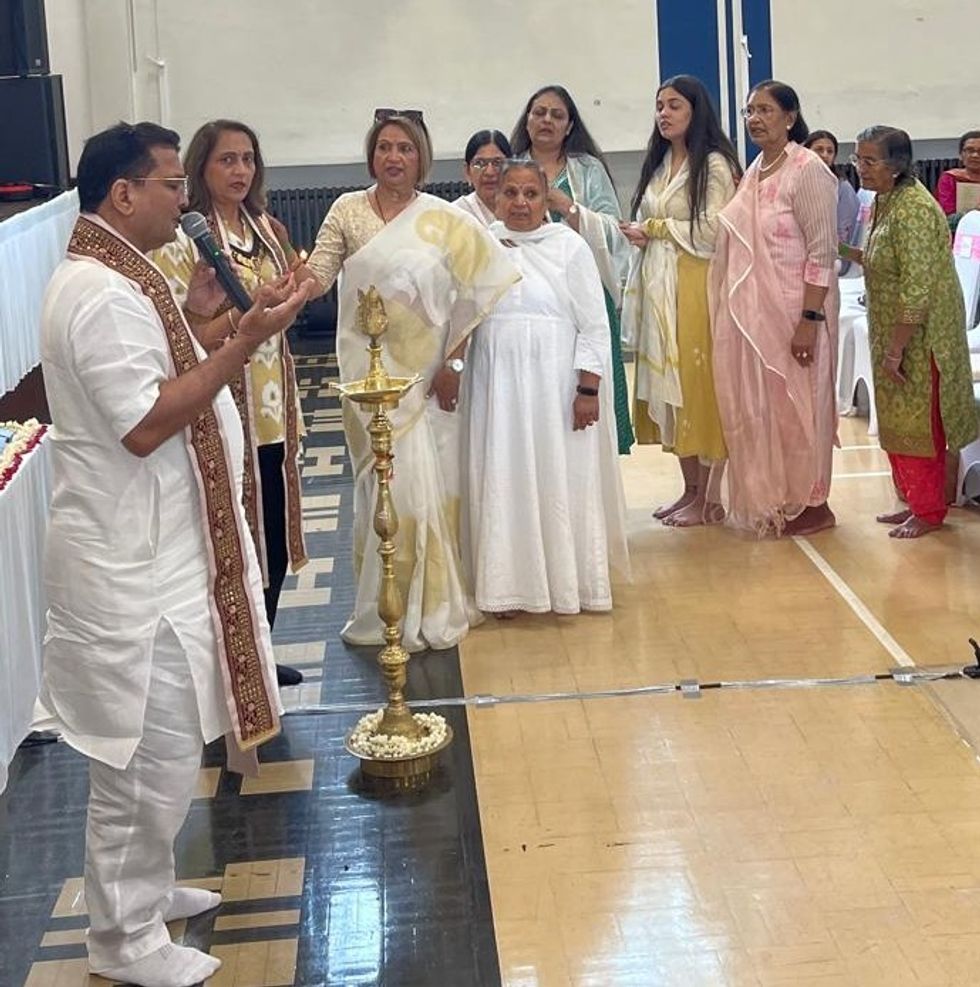
Deepakbhai also emphasised the urgency of connecting the next generation to our values, culture, and spiritual roots. “If we fail to introduce our children to our religion and morals,” he said, “we fail in our fundamental duty as parents. A whole generation risks growing up spiritually disconnected.”
The event concluded on a note of unity, inspiration, and renewed purpose, a reminder that true happiness is not found in external pursuits, but through selfless living, shared joy, and inner peace.
